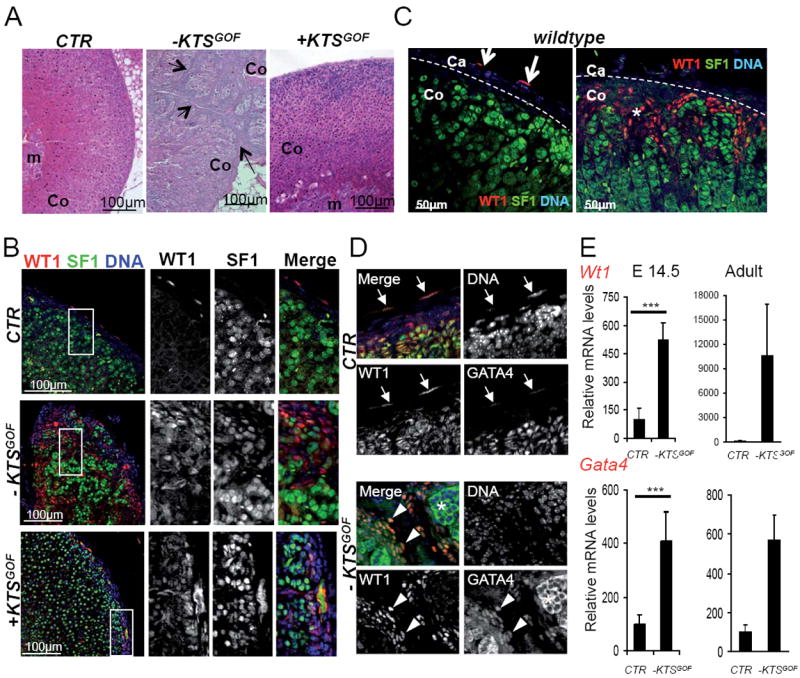Fig. 2. Cells ectopically expressing WT1-KTS are blocked in an AGP-like state throughout life.

(A) Haematoxylin and eosin staining of adrenals from wild type, + and −KTSGOF adult mice. Arrows indicate capsular-like cells within the adrenal cortex of −KTSGOF animals. (B) Immunostaining against WT1 (red) and SF1 (green) on adrenals from wild type, + and −KTSGOF adult mice shows the persistence of WT1+ expressing cells within the adrenal cortex of −KTSGOF and +KTSGOF mice. (C) Immunostaining for WT1 (green) and SF1 (red) on adult adrenal glands reveals the presence of WT1+ cells within the adrenal capsule (left panel) and in rare patches located in the subcapsular cortex (right panel). (D) WT1 positive capsular and cortical cells (red) found in adult wildtype animals also express GATA4 (green). Note the cytoplasmic GATA4 signal in steroidogenic cells represents background (asterisk). (E) Quantification of Wt1 and Gata4 messenger RNAs reveals increased expression of both genes in −KTSGOF adrenals. E 14.5: Wt1, CTR: 100 ± 61.85, n=6; −KTSGOF: 522.28 ± 89.27, n=6; Gata4, CTR: 100 ± 35.38, n=6; −KTSGOF: 407.20 ± 109.67, n=6. Adult: Wt1, CTR: 100 ± 48.20, n=9; −KTSGOF: 10578.96 ± 12509.51, n=3; Gata4, CTR: 100 ± 69.51, n=6; −KTSGOF: 569.70 ± 309.06, n=4. *** P< 0.001 using student T test. Ca, adrenal capsule; Co, adrenal cortex; m, adrenal medulla. See also Fig. S2.
